

James Wong
2025 Mazda CX-5 G25 Touring AWD review
6 Days Ago
Strong demand and global chip shortages mean Jaguar Land Rover Australia may have to get creative and remove some features from some models.

News Editor
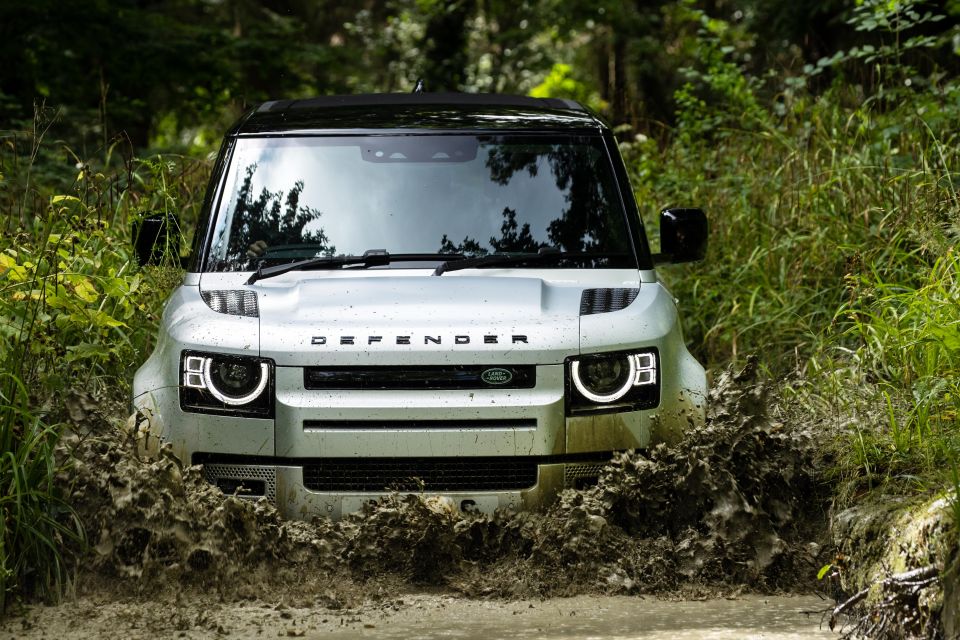

News Editor
Jaguar Land Rover Australia is looking at removing some features from certain models in the wake of global semiconductor chip shortages.
“We’ve got some pretty difficult decisions to make going forward and inevitably we’re going to take some measures in Australia to limit availability of some models, derivatives or specification items in order to keep the ability to produce vehicles for this market and satisfy our customers,” said JLR Australia managing director Mark Cameron.
“I can’t be specific as we haven’t yet decided as this is literally what we’re doing right now. You will have seen some other manufacturers with digital dashboards versus analogue.
“…We’ve got to make sure that we manage customer expectations, and if we’re having to make specification changes we’ll hopefully be making some compensating feature additions that don’t require chip technology or making sure the customer is put right in some other way.”
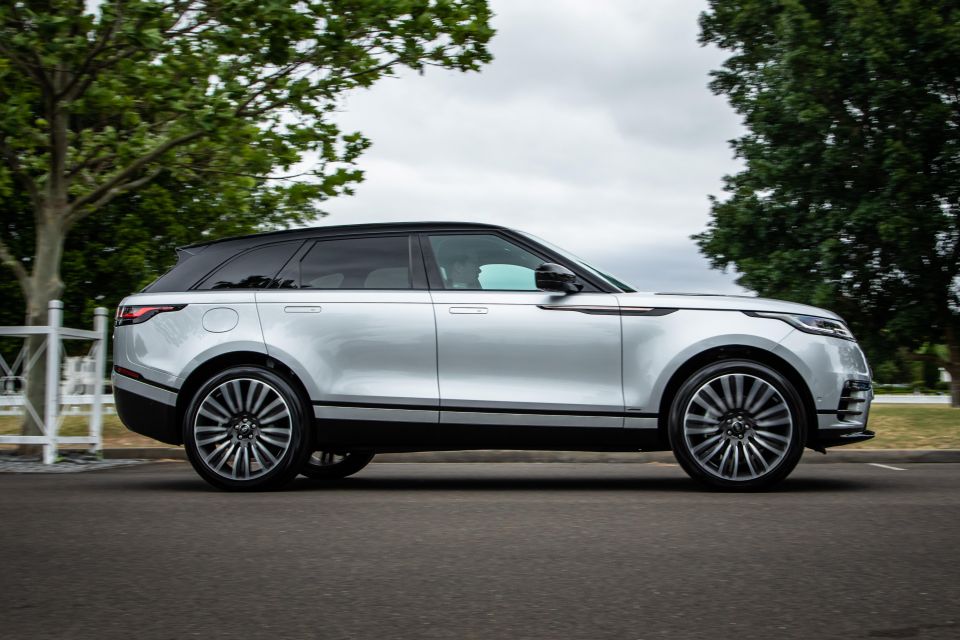
Mr Cameron said vehicles already in the country feature the usual array of features, so there’s nothing “imminent” in terms of specification change.
He also said any feature changes wouldn’t be at the expense of safety, with the company instead looking at other features that carry a “high intensity of chips”.
The company is evaluating these spec changes for the months ahead.
“It’s a difficult one but we’d rather have vehicles on site in Australia than no vehicles, so this is quite a challenging situation to look at but we’ll definitely do the right thing by our customers,” said Mr Cameron.
It follows moves by BMW and Mercedes-Benz to temporarily remove the availability of some chip-heavy features in models bound for Australia.
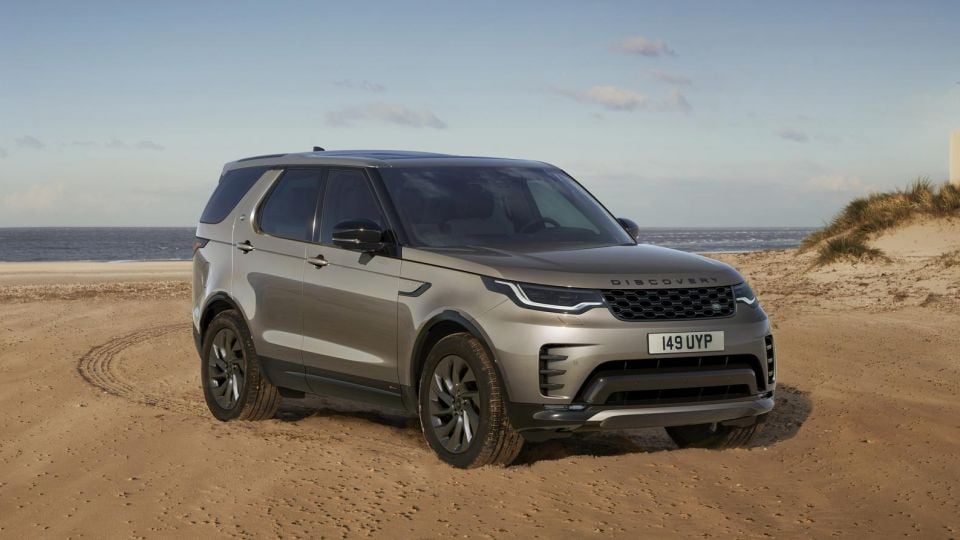
Overseas, Peugeot is offering its outgoing 308 with an analogue instead of digital instrument cluster – one of the examples Mr Cameron cited – while General Motors has removed automatic stop/start from some of its full-sized SUVs.
JLR Australia is facing lengthy orders for many of its models, including the hot-selling new Defender but even lower-volume models like the Discovery.
It expects these stock shortages to start easing from September and October.
JLR’s global chief financial officer Adrian Mardell said on an earnings call earlier this month the company is expecting to make 50 per cent fewer deliveries to dealers in July through September than initially forecast, according to Automotive News Europe.
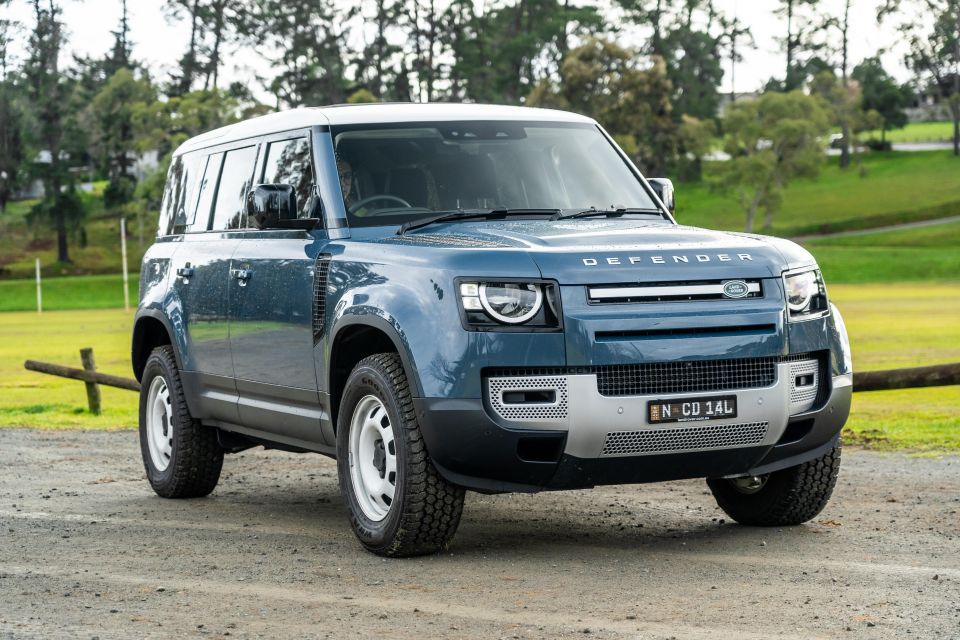
It had to halt production of the Defender in June due to the chip shortage, though it says the launch of the new Range Rover won’t be affected.
Customers who order a new Defender 90 or 110 will be waiting until the first quarter of 2022 to take delivery, though JLR Australia says there are some models on the ground if you’re not too picky with colour and spec.
The new Defender has gotten off to a strong start both abroad and over here, with JLR Australia saying it’s accounting for 25-30 per cent of its total order take month-to-month.
Orders overall are up 50 per cent on the first six months of 2020 and up 150 per cent on the second half of last year, which the company attributes in part to both a freshened model line-up and the new five-year warranty.
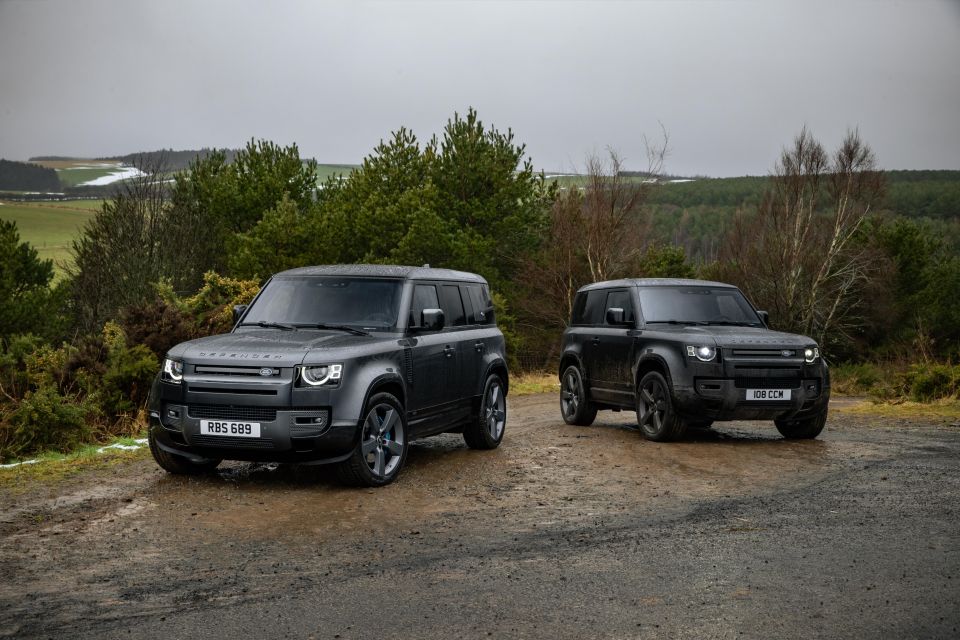
“Increasingly, the sales data you’ll see reported through VFACTS won’t be a measure of demand or the interest in our products or demand. It’ll increasingly become factored, as it has been in the last 12 months, on supply,” said Mr Cameron.
“You’ll see in the monthly VFACTS, Defender and actually most of our models going up and down and it’s driven by arrivals into Australia that are already pre-sold.”
Between the Defender, Range Rover Sport and Range Rover Velar, Land Rover is currently holding onto just over 20 per cent of the large luxury SUV segment through the end of June 2021.
William Stopford is an automotive journalist based in Brisbane, Australia. William is a Business/Journalism graduate from the Queensland University of Technology who loves to travel, briefly lived in the US, and has a particular interest in the American car industry.


James Wong
6 Days Ago


Max Davies
4 Days Ago


Josh Nevett
3 Days Ago


Josh Nevett
3 Days Ago


Paul Maric
2 Days Ago
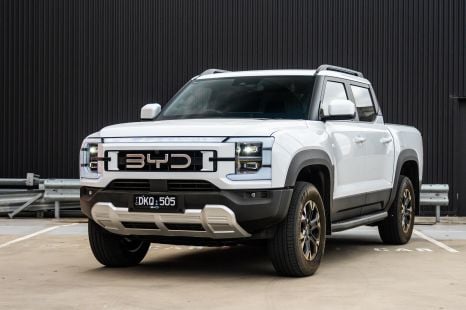

William Stopford
1 Day Ago